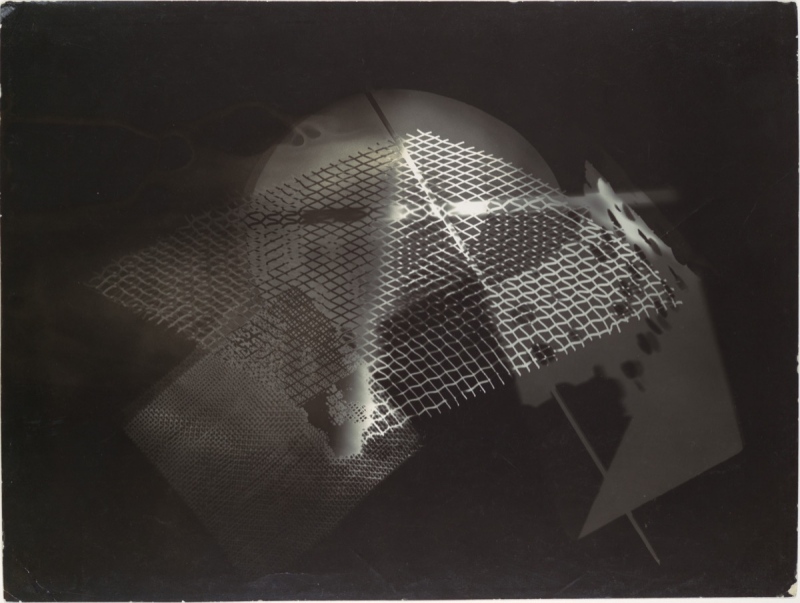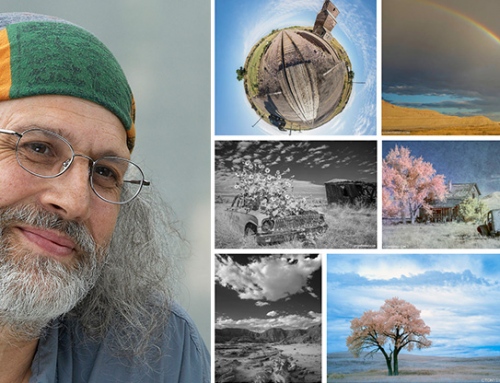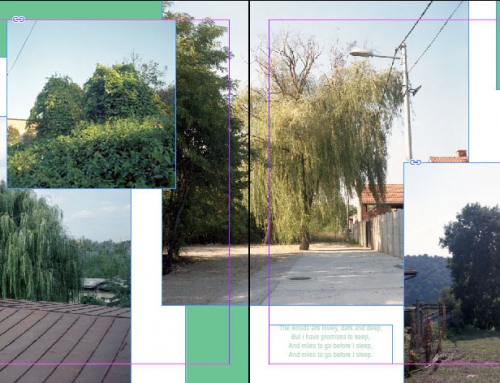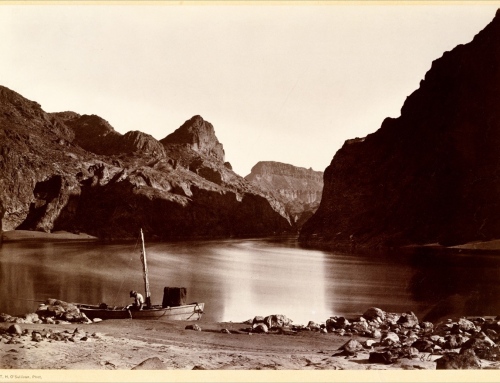The beginning of the surrealist movement and surrealism in photography is connected to Paris in the mid 20’s of the 20th century. Surrealism was a self-proclaimed movement. The surrealist manifesto, published in 1924 by André Breton, announced the priority of the irrational and belief in the truth beyond realism. Surrealism had roots in the Freudian theory of the unconscious and the methods he used to unveil secret desires, like dream analysis and free associations to word and idea sequences.
Surrealists defended the transformation of human perception and the experience connected with the internal world of imagination.
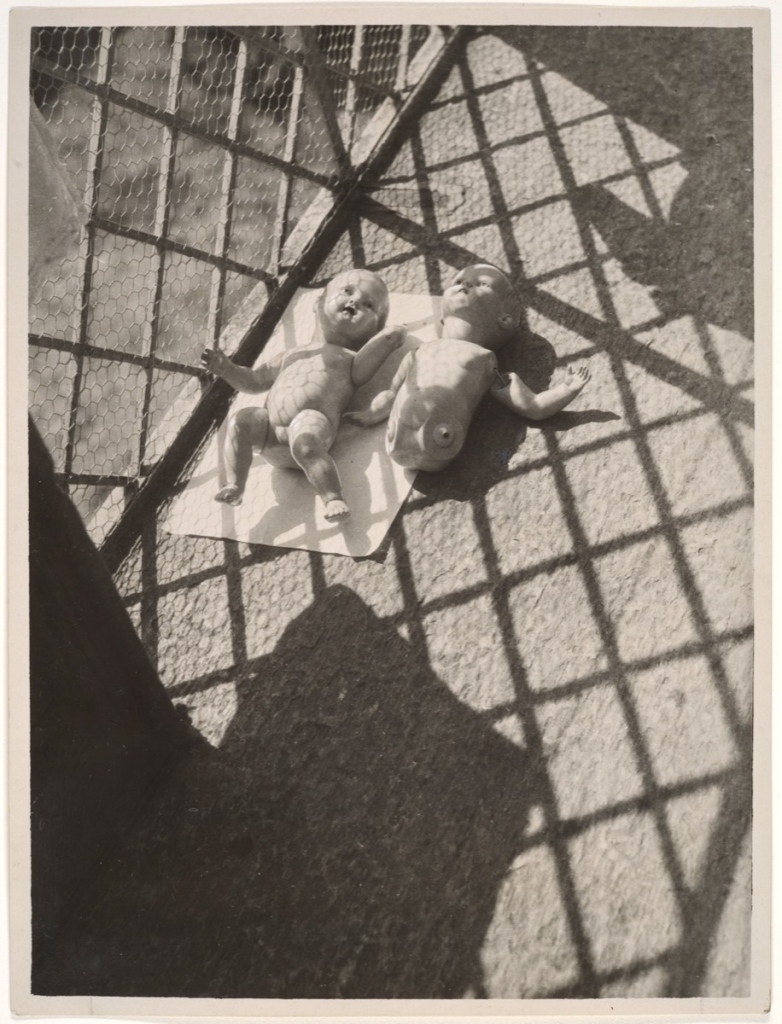
László Moholy-Nagy (American (born Hungary), 1895–1946)
Dolls on the Balcony, 1926, Gelatin silver print
23.5 x 17.5 cm (9 1/4 x 6 7/8 in.)
The Metropolitan Museum of Art, New York
One of the predecessors of surrealism in photography was the Hungarian photographer László Moholy-Nagy. He advocated for the use of industrial materials and concepts. His focus was on technology and its bond with art. He claimed light was the most important characteristic of photography and that artist should experiment with patterns of light and shadow. In his opinion, photographers had to radically change the camera’s point of view and start employing tools like curved mirrors that would change the usual perspective.
Photography was central to the surrealist practice. It was the visual equivalent of free associations and other methods of avoiding the influence of the rational mind. Some famous surrealist photographers would point their photographic cameras randomly, and shoot whatever was in front of the lens.
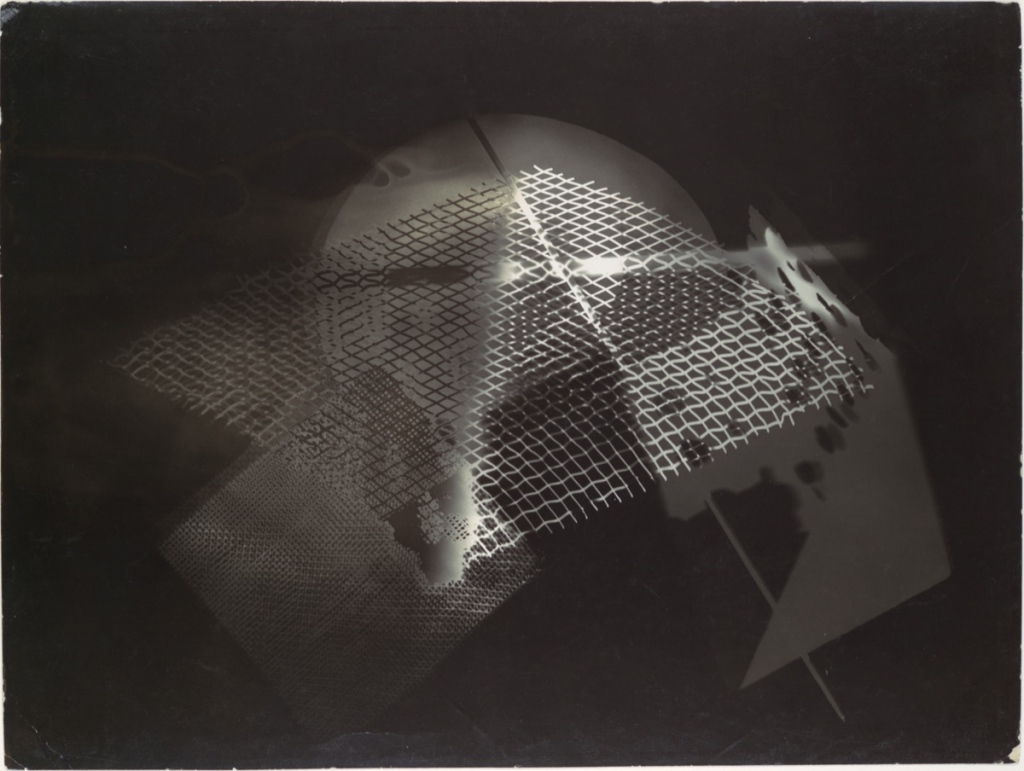
László Moholy-Nagy (American (born Hungary), 1895–1946)
Fotogramm, 1922, Gelatin silver print
17.8 x 23.7 cm (7 x 9 5/16 in.)
The Metropolitan Museum of Art, New York
Man Ray was an American photographer and painter who worked in Paris from 1921 onwards. His surreal art photography was made of lit close-ups and fragments, nudes, faces and images of shadow and light. He expressed his own particular emotions and desires through surrealism in photography. Man Ray was a believer in the moral integrity of emotions, as opposition to social convention. He bought and was influenced by the photographs of Eugéne Atget. Man Ray was impressed by Atget’s pictures and he publicized them in the Surrealist circles. Atget brought dead matter to life and made everyday materials important. In the 1920’s, Atget’s Paris photographs were already a thing of the past, but they were full of mystery and surrealist undertones. Atget embodied history; his cityscapes show infinite traces of use and decay.
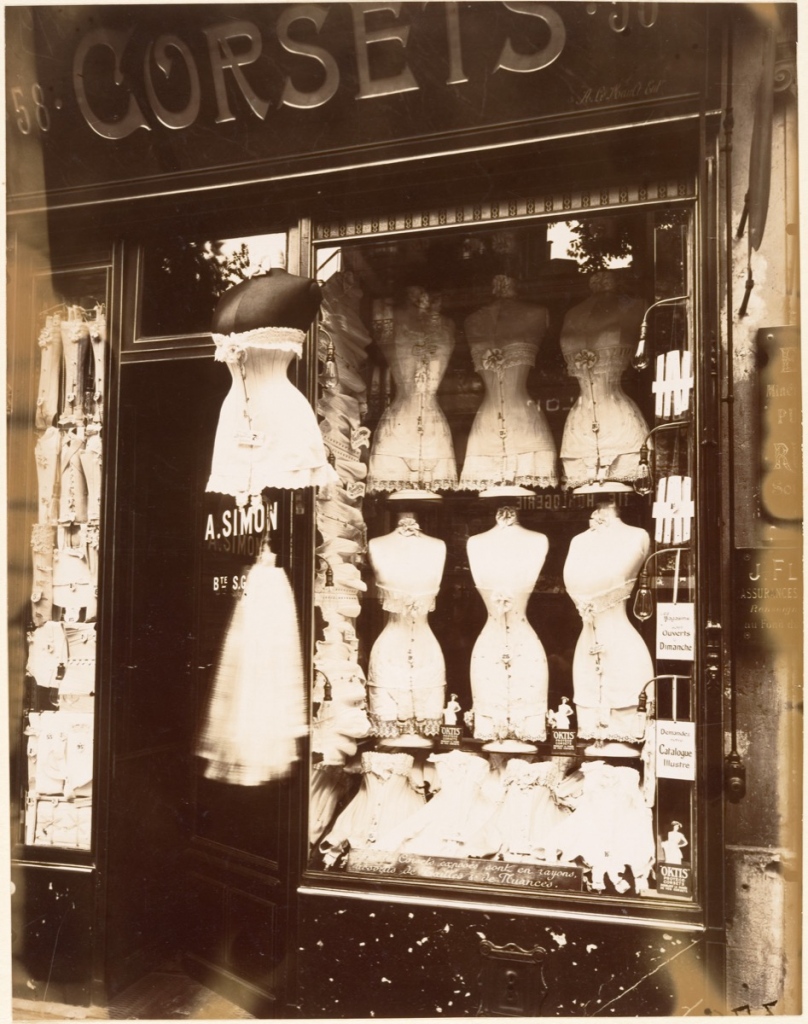
Eugène Atget (French, 1857–1927)
Boulevard de Strasbourg, Corsets, Paris, 1912, Gelatin silver print from glass negative
22.4 x 17.5 cm (8 13/16 x 6 7/8 in.)
The Metropolitan Museum of Art, New York
Moholy-Nagy and Man Ray made photograms, using objects, light-sensitive paper and no camera. To make a photogram is a game of chance, and the results were often surprising. They turned away from nature and focused on that which is man-made, the bits and pieces of the world.
Another technique some surrealist photographers used was solarization. The process consists of briefly exposing photographic paper or negative while it is being developed. Solarization too was unpredictable, which is why it was a favorite among surrealists.
Surrealism in photography often showed the female form as a symbol of the mystical and erotic. Famous surrealist photographers would photograph the female body like it was distorted of deformed, like it was a representation of primal forces that needed to be seized.
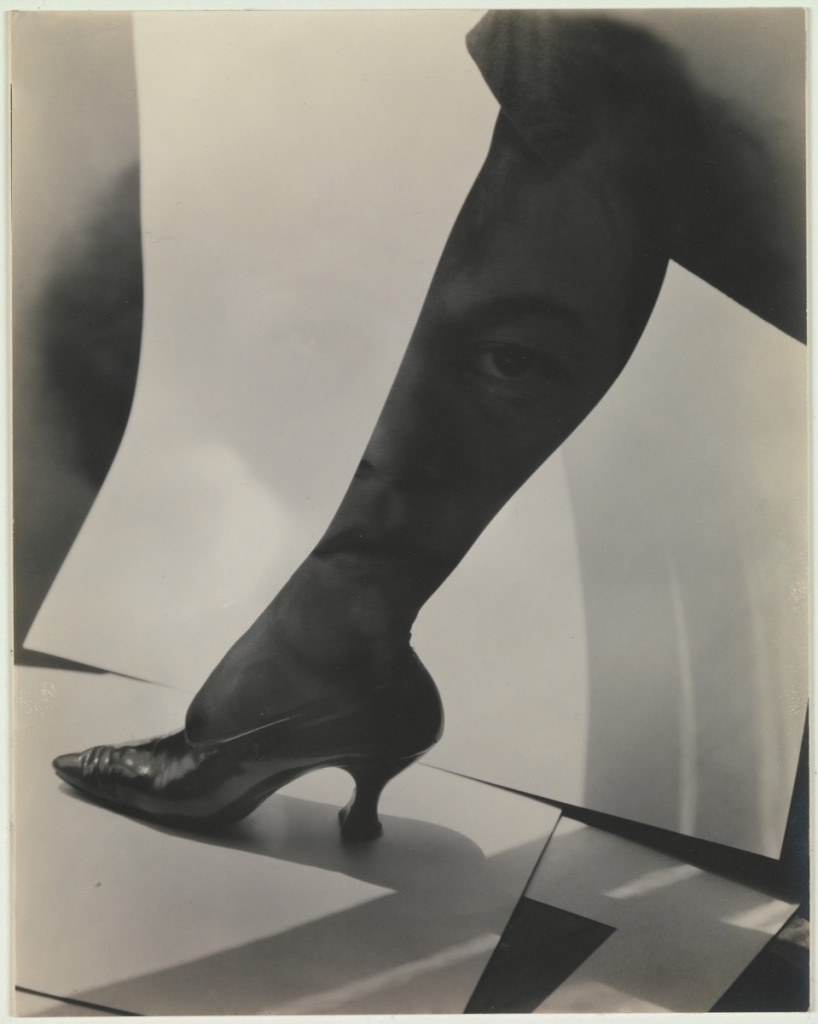
Alfred Stieglitz (American, 1864–1946)
Dorothy True, 1919, Gelatin silver print
24.3 x 19.3 cm (9 9/16 x 7 5/8 in.)
The Metropolitan Museum of Art, New York
The sensibility of surrealism in photography stuck around long after its historical moment passed. Even Cartier-Bresson admitted of being under the influence of surrealist ideology. He found inspiration in the spontaneous expression and intuition, from which he developed his philosophy of the decisive moment.
